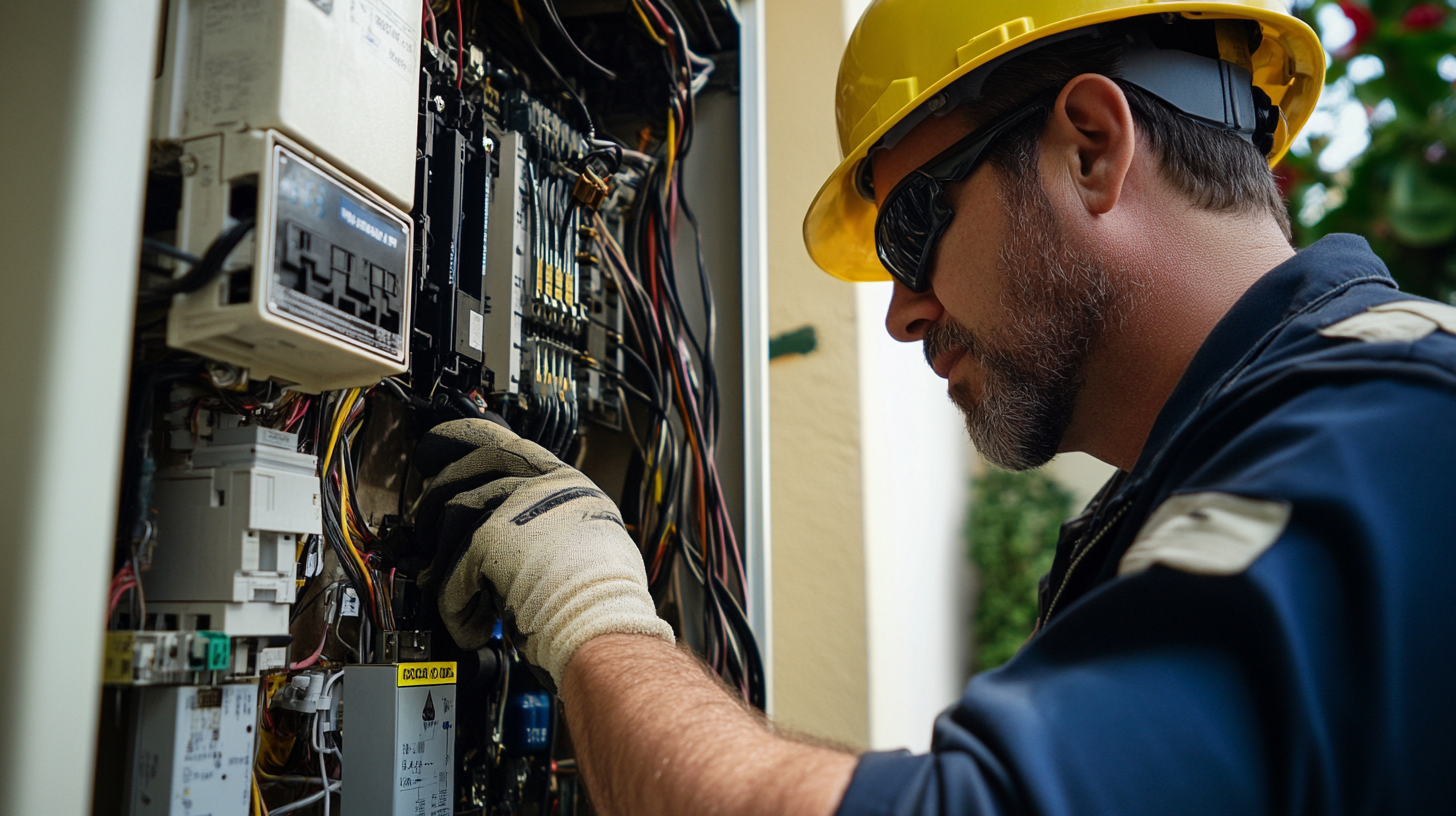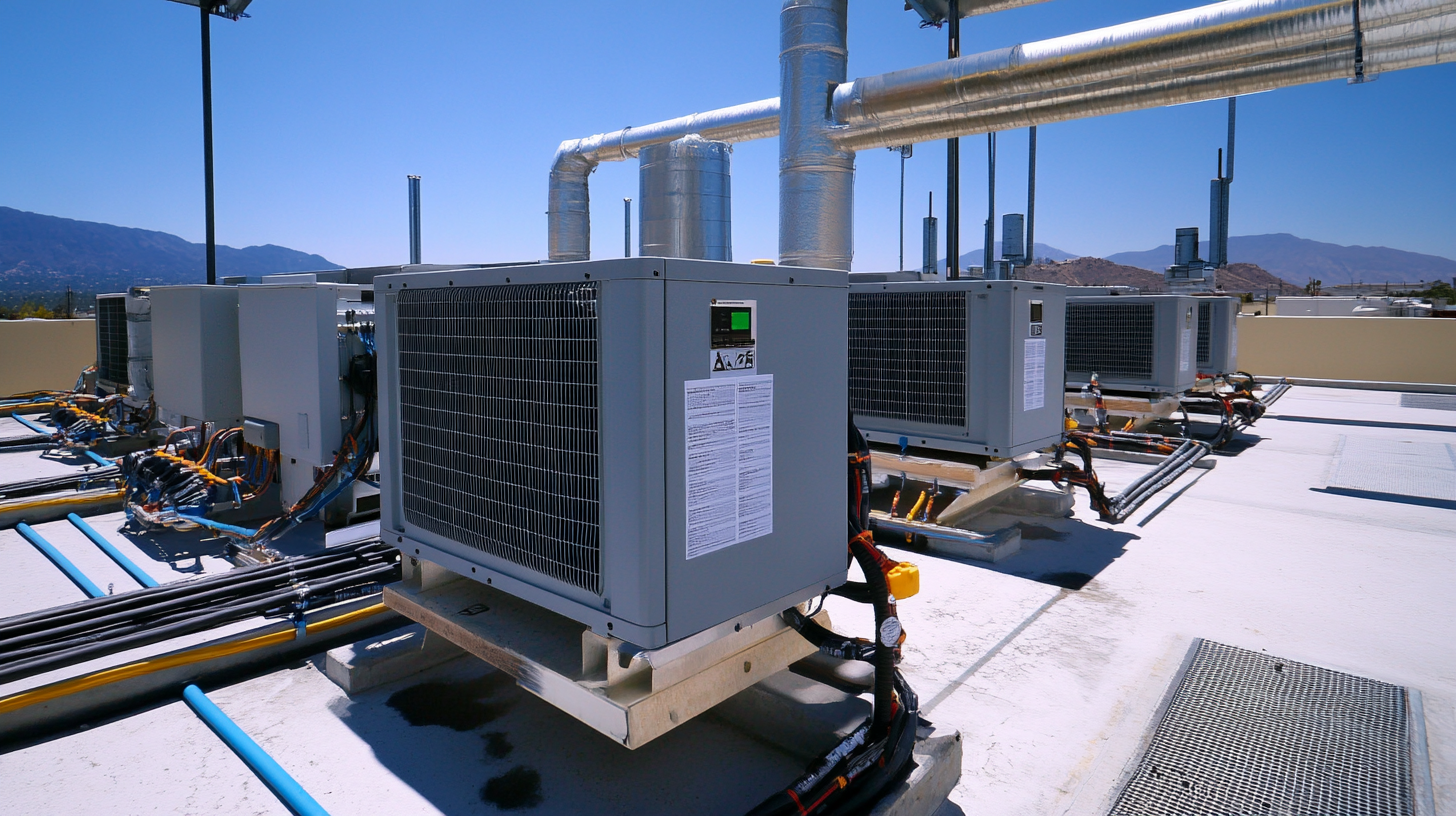The rapid growth of electric vehicle (EV) adoption is driving an unprecedented demand for efficient and reliable AC charging infrastructure. According to a report by the International Energy Agency (IEA), the global electric car stock surpassed 10 million in 2020, and this number is expected to reach 145 million by 2030. As the number of EVs grows, so does the necessity for effective maintenance and repair of AC charging piles. This not only ensures the optimal performance of charging stations but also aids AC charging pile manufacturers in managing service costs effectively, aligning with the increasing operational complexities and customer expectations.
In this evolving landscape, understanding the best practices for minimizing downtime and repair expenses is crucial. A study by the Electric Power Research Institute (EPRI) highlighted that up to 30% of operational costs for charging infrastructure can be attributed to maintenance and repair issues. By leveraging real-world insights and data-driven strategies, AC charging pile manufacturers can optimize their service approaches, enhance customer satisfaction, and ultimately contribute to the broader goal of accelerating the transition to sustainable transport solutions.

When it comes to the maintenance and repair of AC charging piles, identifying common issues is paramount for ensuring efficiency and cost-effectiveness. Recent industry reports suggest that nearly 30% of AC charging stations experience downtime due to hardware malfunctions or misconfigurations. This underscores the necessity for a thorough understanding of prevalent issues and their root causes. By employing a data-driven approach combined with real-world insights, service providers can reduce repair times and minimize service costs. A practical approach involves routine diagnostics and predictive maintenance, which can uncover anomalies before they lead to failures. For instance, many charging pile failures are attributed to electrical failures or improper installation, which can be detected early through regular inspections and monitoring of performance metrics. Incorporating advanced technologies, such as AI-driven analytics, can further enhance the ability to predict potential issues based on historical data, thereby transforming the conventional maintenance strategies into a proactive framework. Additionally, aligning service protocols with insights from empirical analyses—similar to those seen in CI/CD pipeline evolution in software—can provide a robust framework for addressing the nuances of charging pile repair. This integration of tech-driven solutions not only improves operational efficiency but also enhances the overall reliability of the charging infrastructure, ultimately benefiting both service providers and end-users. By prioritizing these practical strategies, stakeholders can effectively tackle the challenges posed by AC charging pile maintenance.

In today's rapidly evolving electric vehicle (EV) landscape, ensuring the operational efficiency of AC charging piles is paramount. According to a recent report from the International Energy Agency (IEA), the global electric vehicle stock is expected to surpass 145 million by 2030. As EV usage increases, the demand for reliable and efficient charging services will rise correspondingly. Streamlining repair processes for AC charging piles is essential to meet this growing demand and minimize service disruptions.
One effective approach to enhance operational efficiency involves adopting predictive maintenance strategies. A study published by the IEEE reveals that predictive maintenance can lead to a reduction in equipment downtime by up to 30%. Implementing IoT technology to monitor charging pile health in real-time allows service teams to identify potential issues before they lead to costly repairs or extended outages. This proactive approach not only improves reliability but also optimizes maintenance scheduling and resource allocation.
Furthermore, leveraging data analytics can significantly enhance repair workflows. By analyzing historical performance data, service teams can identify common failure patterns and streamline their repair processes accordingly. A report from McKinsey indicates that companies using data-driven decision-making can see a 20-25% improvement in operational efficiency. By utilizing these insights to refine procedures, charging service providers can reduce repair time and improve customer satisfaction, ultimately leading to lower operational costs and enhancing their competitive edge in the market.

As the shift towards electric vehicles (EVs) accelerates, the importance of maintaining AC charging infrastructure cannot be overstated. Cost-effective maintenance strategies are crucial to ensure the reliability and longevity of charging stations. One of the most effective approaches is the implementation of regular diagnostic assessments that can identify potential issues before they escalate into costly repairs. By utilizing real-time data analytics, operators can monitor the health of their charging piles, thus optimizing maintenance schedules and minimizing downtime.
Additionally, embracing sustainable hybrid systems can enhance the efficiency of AC charging services, particularly in regional applications where electricity access may vary. By integrating renewable energy sources into the charging infrastructure, businesses can significantly reduce operational costs and their carbon footprint. This not only aligns with global sustainability goals but also appeals to environmentally conscious consumers seeking greener transport solutions.
To further optimize costs, service models such as Charging as a Service (CaaS) can be considered, allowing operators to focus on expanding infrastructure without the heavy upfront investment. This model aligns with the growing demand for both private and public charging setups and presents a strategic way to scale up operations while balancing service fees with maintenance expenses. As the market evolves, these cost-effective strategies will be pivotal in fostering a robust and resilient EV charging ecosystem.

In today’s rapidly evolving technological landscape, leveraging data analytics has become essential for enhancing the efficiency of AC charging pile repairs and minimizing service costs. The advent of intelligent operation and maintenance management systems provides critical insights into operational performance and equipment health. By analyzing real-time data, businesses can predict potential failures, identify anomalies, and implement proactive maintenance strategies, thus significantly reducing downtime associated with repairs.
The integration of advanced IoT applications and cloud computing facilitates a seamless flow of information across various operational tiers, enabling organizations to respond swiftly to emerging issues. This data-driven approach not only enhances the reliability of charging infrastructure but also contributes to a more sustainable operational model. As companies adapt to the challenges posed by the dynamic market, the ability to harness big data for predictive maintenance will serve as a key competitive advantage, effectively lowering costs and improving service quality.
Furthermore, the growing market for monitoring solutions highlights the increasing demand for advanced analytics in maintenance management. By investing in these technologies, companies can transform their service models, ensuring minimal disruption in operations while maximizing the efficiency of repairs. Through data analytics, the future of AC charging infrastructure maintenance is set to become more predictive, aligning with the broader trend of digital transformation across industries.
Training technicians in AC charging repair techniques is crucial for optimizing repair services and minimizing costs. A systematic approach that balances theoretical knowledge with hands-on experience is necessary to ensure that technicians are well-equipped to tackle the complexities of AC charging pile systems. First, training programs should encompass a comprehensive curriculum that covers the fundamental principles of electricity, safety protocols, and the technical specifications of various AC charging station models.
Moreover, incorporating real-world scenarios into training sessions can significantly enhance learning outcomes. Simulated repairs and troubleshooting exercises can provide technicians with valuable experience in diagnosing issues under controlled conditions. This practical application of knowledge fosters confidence and competence, allowing technicians to quickly address problems when they arise in actual service situations. Partnering with established charging manufacturers for training resources and certifications can further elevate the quality of the training program.
Additionally, ongoing education should be integrated into the training process to keep technicians updated on the latest technological advancements and repair methods. Regular workshops and refresher courses can help ensure that the team's skills evolve alongside the rapid developments in the EV charging industry. By investing in robust training for AC charging pile technicians, companies can maximize repair efficiency and drastically reduce service costs.
